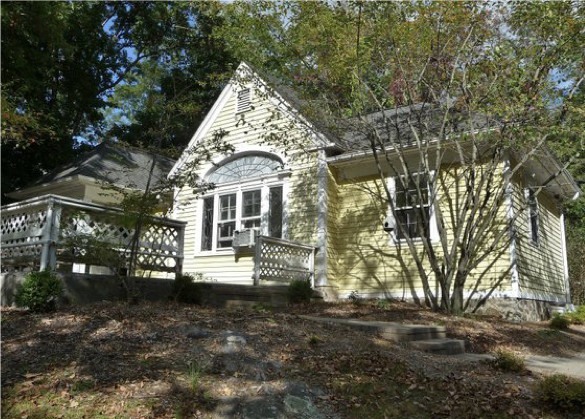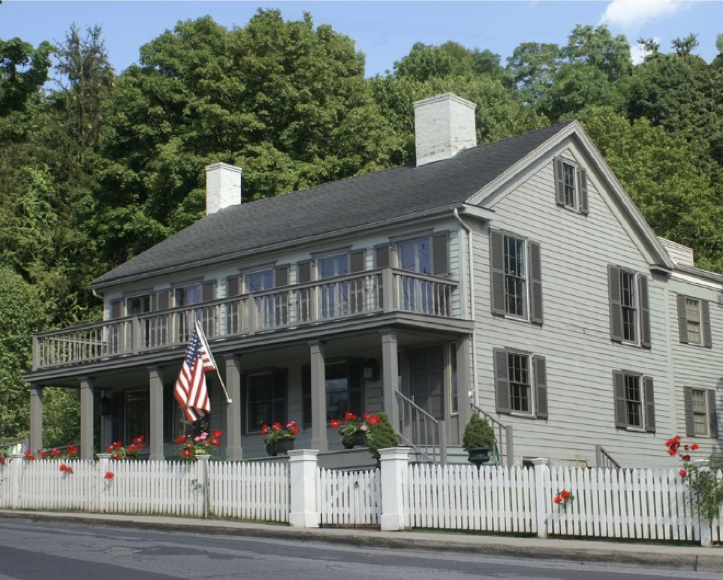Livable Built Environment
Principle: Livable Built Environment
The “built environment” is comprised of a community’s developed spaces, the transportation infrastructure that connects these spaces, and the utility infrastructure that enables these spaces to be used and occupied. Neighborhoods, commercial centers, institutions, civic facilities and the supporting transportation, energy, and information infrastructure are all elements of the built environment. The way in which these elements have been planned for, designed, developed and situated within a particular landscape gives a place its unique character and helps to establish a certain quality of life for residents. A Livable Built Environment is sustainable and ensures a high quality of life for all.
New Castle’s built environment is comprised largely of single-family residential neighborhoods set among wooded hillsides. These residential neighborhoods are interspersed with landmarks that give the Town its strong historical character. Winding country roads connect these neighborhoods with the Chappaqua and Millwood hamlets, Chappaqua Crossing, and the Town’s parks and preserves, as well as the Chappaqua Train Station and the Taconic and Saw Mill River Parkways. Carefully designed drinking, waste and storm water systems provide crucial services that enable the use of residential and community facilities. These aspects of the Town’s built environment work harmoniously to make New Castle a desirable place to live.


Maintaining a livable built environment in New Castle requires preserving the Town’s bucolic, residential character and its historic resources, while promoting new mixed-use development in the hamlets to meet the community’s housing needs and fostering thriving commercial and civic spaces. A livable built environment for the residents of New Castle includes efficient transportation infrastructure that facilitates connections between the Town’s hamlets, provides access to and parking for the train station and downtown businesses, and establishes safe spaces for drivers, pedestrians, and cyclists. Finally, a livable built environment is a sustainable environment, one which provides and maintains the necessary infrastructure and services to support the Town’s needs.
Land Use and Housing